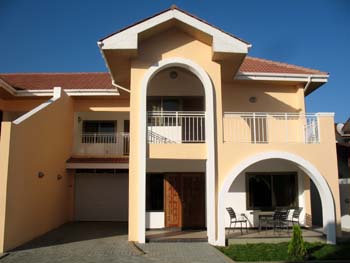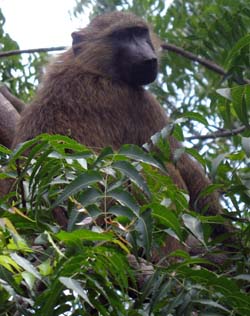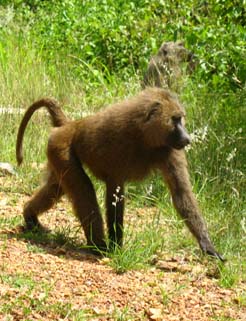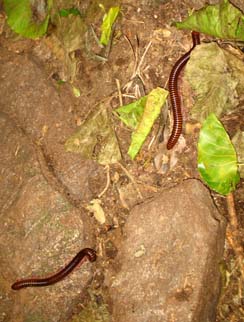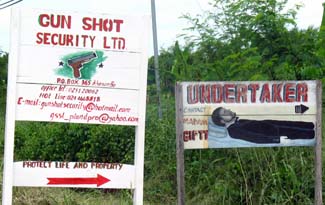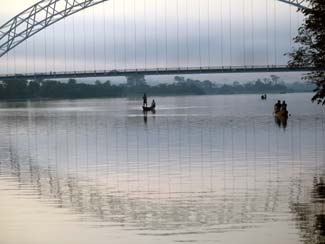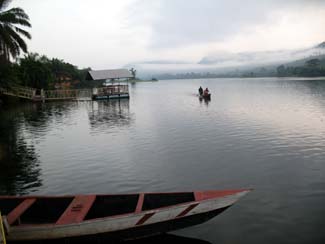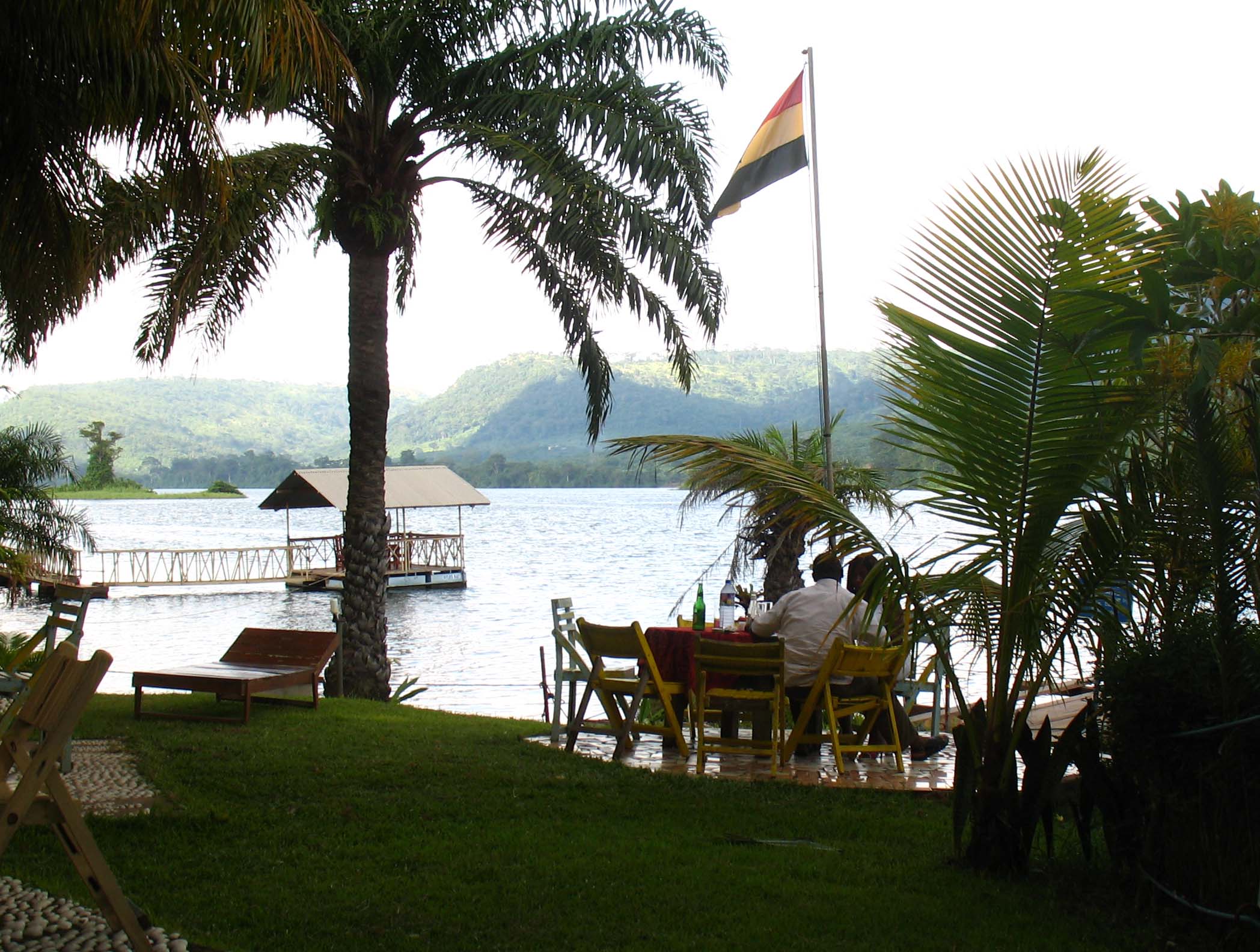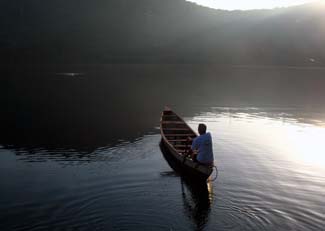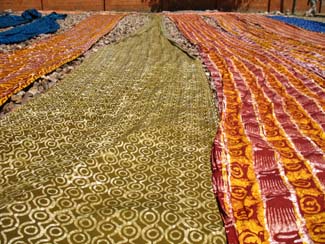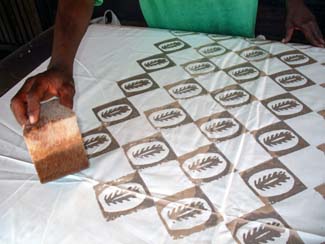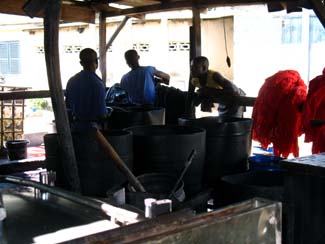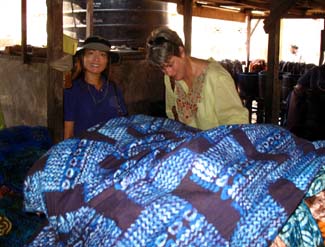Local shopping
November 17th, 2006We buy our vegetables at a little vegetable stand in our neighborhood. It’s next to another little stand where plastic bowls, mops, and wastepaper baskets are sold. African shirts are on offer at yet another stand nearby.
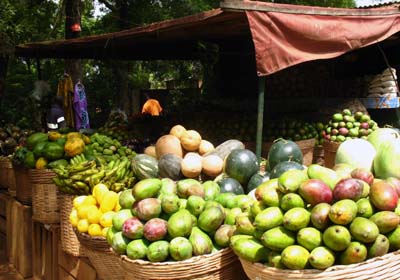
Looks like it’s mango season — yum.
Many Accra shops are these types of roadside stands, although there are also some supermarkets and even a mall. Other vendors in our neighborhood sell handmade baskets, beaded necklaces, paintings, and grilled plantains. (A lady with a small baby on her back grills the plantains on a hibachi-type grill.)
